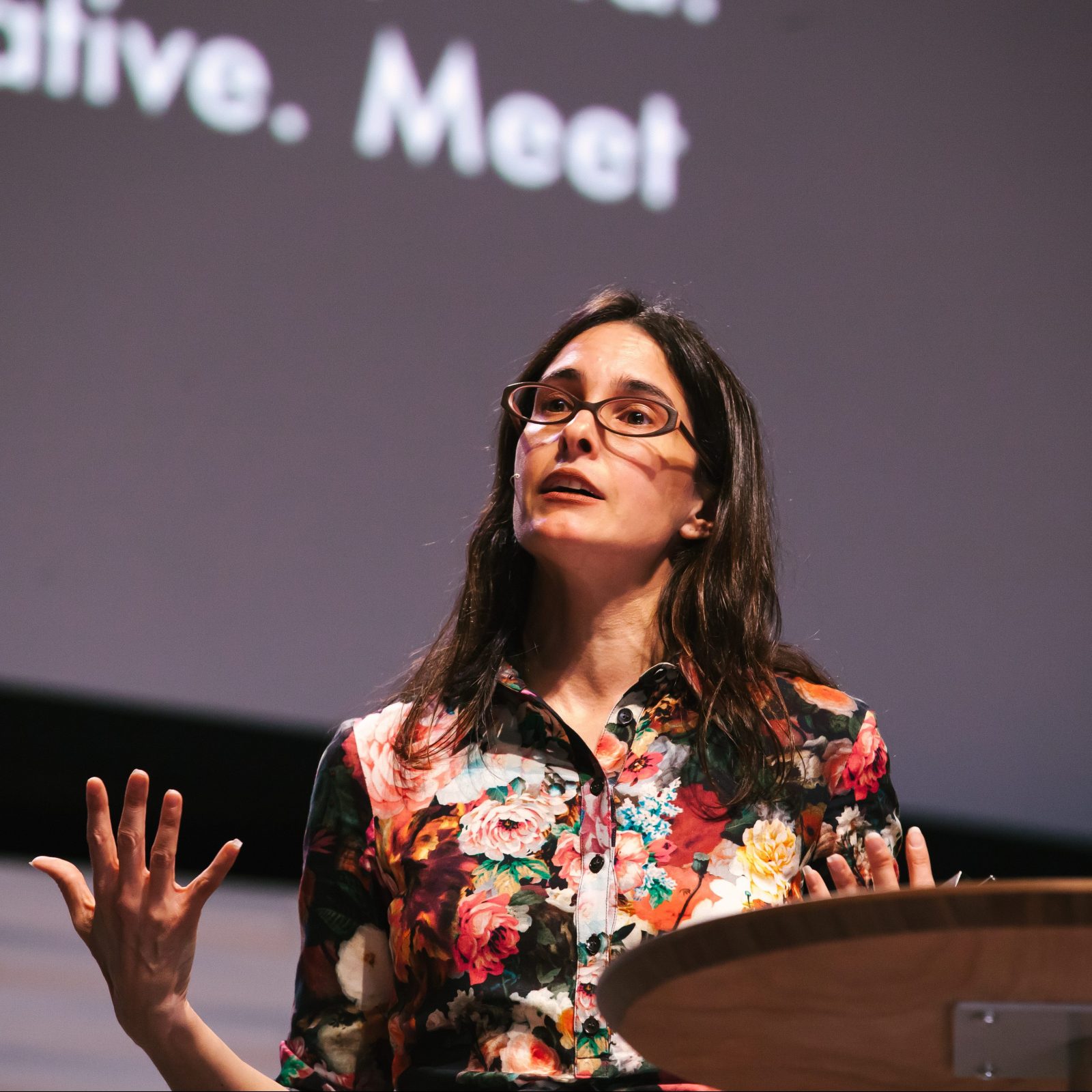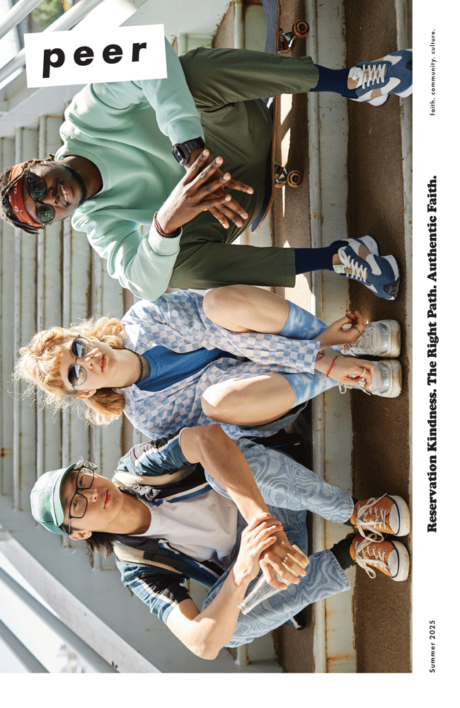 Image Credit: Max-O-Matic
Image Credit: Max-O-Matic
Pretend Happiness
Learn why kids think that faking happiness is more important than experiencing real happiness.The word “fake” is everywhere. Fake news. Fake politicians. Fake photos.
What if I told you that people are worried about “fake” happiness? That kids are learning that faking happiness is more important than experiencing real happiness? I hope this makes you mad, or at least resistant to the notion that pretending to be happy is more important than being happy. It certainly bothered the students I interviewed for a national study about social media and the college experience
The young men and women I interviewed couldn’t stop talking about the “problem” of happiness (and success and popularity), and I didn’t need to ask direct questions about happiness for people to tell me their thoughts on it
Students described social media as one big “happiness competition,” and as requiring everyone to “put on a happy face” even if they are miserable. When I asked about people’s criteria for posting, students spoke of the importance of “appearing happy” with anything attached to a person’s real name. Students talked of the need to perform happiness, to “craft,” “cultivate,” and “curate” it for their profiles and various “audiences”—even when they are having the worst day, even if they’re crying, even if they’re terribly lonely and sad.
“Everybody’s fake, everybody’s fake, everybody’s fake.”
This complaint was voiced over and over—with frustration, resentment, and dismay; with a sense that this is the predicament of all teens and college students, one that has no obvious way out. They voiced this long before our country began talking about fake things online because of the 2016 election. Students knew we had a problem long before everyone else caught on. And maybe you, who are reading this
Why are People Working so Hard to Appear Happy—and at What Cost?
College students told me that social media profiles are like online CV’s. College admissions officers look at them, teachers and coaches and current bosses look at them, and future interviewers will, too. There is an acute sense of always being watched, and
Students also talked
When people post with anything attached to their real names (say, on Facebook or Instagram), they show themselves posing with friends at parties, on gorgeous vacations, accepting awards, talking of internships gotten and prizes won, perfect games pitched and last-second goals scored. Young men and women spoke of scrolling the endless feeds of everyone’s successes, and how this made them feel left out, jealous, and unsuccessful in comparison
Social media has become the CNN of envy, a constant, ticker tape of everybody’s best selves
Even though students know deep down that the feed itself is “fake,” that it’s a performance, and that many of these same smiling, popular-seeming, successful people are unhappy behind the scenes, this doesn’t stop people from feeling bad in comparison. When forced to witness so much happiness on a constant basis, people’s self-esteem takes a hit—even if they know it’s not all real
Where Do People Get Relief from So Much (Pretend) Perfection?
Students find ways around the pressure to appear happy—the means for catharsis is out there.
Snapchat is the most popular workaround. Students groaned at Facebook and spoke of Facebook posts as akin to doing homework. But when I asked about Snapchat, students’ faces lit up. “I love Snapchat!” was a popular refrain.
Why
Because Snapchat posts are low stakes. They disappear.
Sure, everyone knows people can take screenshots. But people don’t worry much about
But another lesson lies under the surface, loud and clear:
Only be yourself and only be real (silly, sad, complex) within the safety of anonymity or in posts that disappear. We haven’t yet found a way
Working to Find Some Balance
It doesn’t matter what age we are, we’re all in this social media situation together—parents, professors, coaches, future employers, friends, peers. Every single one of us is struggling to figure out how this works, when it’s fun and when it’s not, how to use social media to showcase the best parts of ourselves and when it becomes the worst possible forum for displaying us at our worst, too
- Become a Critical Thinker about Social Media. Knowledge is power, and when you become self-aware about your actions and feelings, when you seek out information on a subject you struggle with, this shifts your power in relation to that thing. Awareness helps us make choices—and how we operate on social media (and don’t) is a choice. If you feel uneasy about performing happiness, this is a sign you have some thinking to do.
- Make Intentional Choices. New technology and social media can feel like things happening to us, that we have no choice but to be on, that the only choice is to follow the norms we see around us. Realizing we can make choices—how and whether we post—can go a long way toward finding balance in how we use it (or choose not to altogether).
- Take Social Media Sabbaths. Sabbaths give us time away for all of the above—to reflect, think, consider our choices, our experiences, our feelings about something. Taking social media Sabbaths helps give us a pause to examine our feelings and experiences, and to give us perspective about how we operate on it. With perspective, it’s much more likely we’ll make better choices, and once we make better choices, we are really doing that much-needed critical thinking. This is the best kind of snowball effect—the kind that makes us balanced and healthy and good, and which might lead to real happiness—not just the appearance of it for the benefit of everyone else.
For further study:
Check out these three books that will help you dive deeper into this topic:
Donna Freitas, “The Happiness Effect: Why Social Media is Driving a Generation to Appear Perfect at Any Cost” (Oxford University Press, 2017).
Donna Freitas, “Unplugged” (Harper Collins, 2016).
Danah Boyd, “It’s Complicated: The Social Lives of Networked Teens (Yale University Press, 2014).

Donna Freitas is a professor in the English Department at Adelphi University in New York. She is the author of many books, both novels and nonfiction, including “The Happiness Effect: How Social Media is Driving a Generation to Appear Perfect at Any Cost” (Oxford University Press), and most recently, “The Healer” (HarperCollins).



